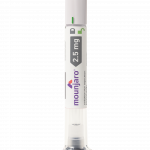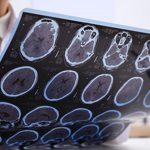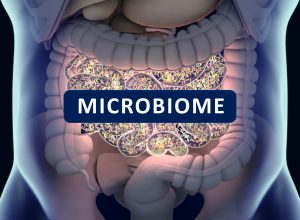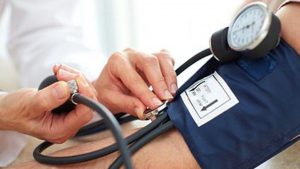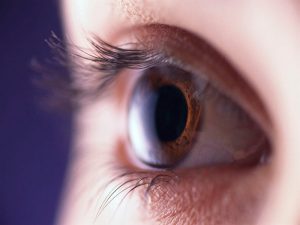
The repeat head injuries suffered by football players, boxers and other athletes appear to affect brain health long after players have given up their sport. New research from Johns Hopkins University in Baltimore could explain why: The persistence in the brain of inflammation tied to the original injury or injuries. “The findings show that participating in repeated collision sports like football may have a direct link to long-term inflammation in the brain,” study senior author Dr. Jennifer Coughlin said in a university news release. She’s an associate professor of psychiatry and behavioral sciences at Hopkins. Key to the new findings is a brain “repair protein,” with the unwieldy name of 18 kDa translocator protein — shortened to TSPO. Whenever a brain sustains injury, TSPO levels quickly rise as the brain tries to heal. TSPO is closely associated with immune cells in the brain called microglia, Coughlin’s group noted. It was thought that spikes in TSPO were only temporary. However, prior studies revealed that levels of the pro-inflammatory protein can remain elevated for up to 17 years. In the new study, the Hopkins team examined PET and MRI brain scans of 27 former NFL players, taken between 2018 and early 2023. They used the scans to compare levels of TSPO in the football players’ brains to those seen in brain scans of 27 former pro college… read on > read on >











